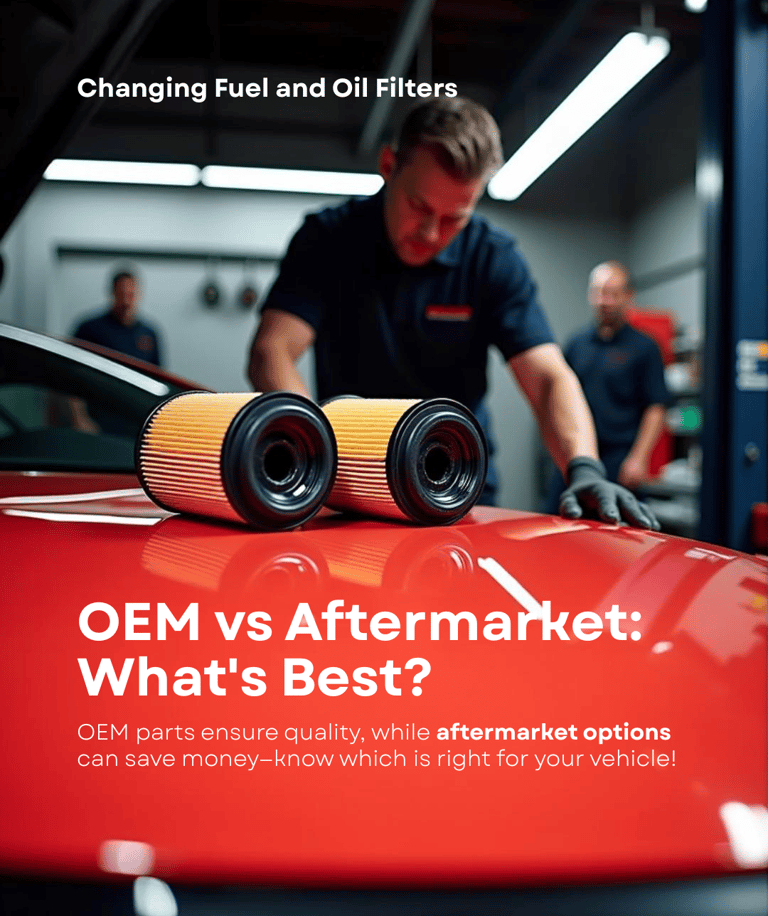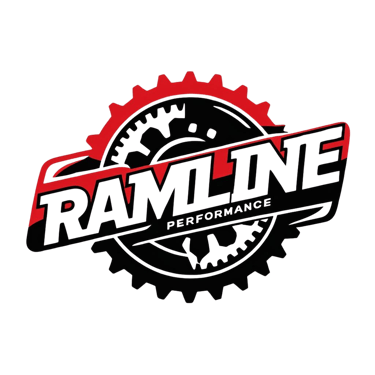OEM vs Aftermarket Parts: Understanding the Difference and Why OEM Parts Are Superior


Introduction to OEM and Aftermarket Parts
When it comes to vehicle maintenance and repairs, the choice between Original Equipment Manufacturer (OEM) parts and aftermarket parts is a crucial decision for car owners. Understanding the differences between these two types of components can aid in making informed decisions that can ultimately affect the vehicle's performance and longevity.
Defining OEM and Aftermarket Parts
OEM parts are products made by the manufacturer that produced the original components of the vehicle. These parts are crafted to the same specifications, using the same materials and processes. On the other hand, aftermarket parts are produced by third-party entities. While they may fit a variety of makes and models, they don't always adhere to the same quality standards as OEM parts.
Why OEM Parts Are Considered Better
One of the primary advantages of choosing OEM parts over aftermarket components is the guarantee of quality and compatibility. OEM parts undergo rigorous testing as per the manufacturer’s specifications, ensuring they meet high-performance standards. This reliability translates into better functionality and an extended lifespan for your vehicle. Furthermore, the use of OEM components can help maintain warranty coverage, as using aftermarket parts may sometimes void warranties.
Another critical factor is the precision fit of OEM parts. Since they are designed specifically for each vehicle model, they are more likely to function seamlessly with other systems in the car, reducing the likelihood of complications during installation or during operation. In contrast, aftermarket parts might require modifications to fit properly, leading to potential additional repair costs down the line.
Finally, peace of mind is another significant reason why many car owners prefer OEM parts. Knowing that the replacement components are from the original manufacturer can lessen concerns about the part's reliability and long-term performance. Ultimately, investing in OEM components is investing in the overall health of your vehicle.
Conclusion
In conclusion, while aftermarket parts can sometimes be more economical, they come with inherent risks that can impact your vehicle's performance and safety. Choosing OEM parts ensures that your car is equipped with high-quality components designed to operate seamlessly. As a responsible vehicle owner, prioritizing OEM parts can ultimately save you money and hassle in the long run, while safeguarding the performance and integrity of your vehicle.


